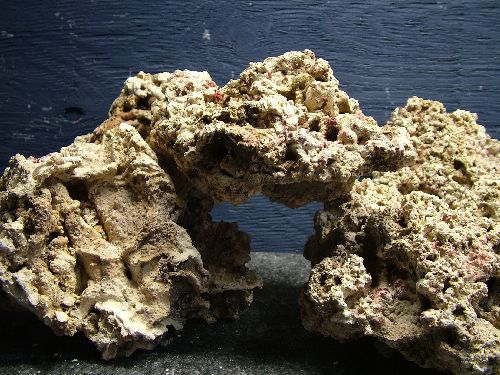Putting freshwater aquarium rocks can be of great help in your tank. Apart from just being an ornament to beautify or add a view to your tank, rocks also provide hiding and breeding places for your fish. Rocks can also be used to help anchor plants and other ornaments in your tank. The surface of the rocks also provide a good surface for good bacteria to grow. In choosing rocks, you should make sure that you use the solid kind, not the type that will crumble or dissolve in the water. Make sure that they are well anchored or are neatly tucked on your tank to be sure that the rocks would not endanger your fish.
The rocks that you use should not be composed of calcium. Rocks that give off calcium are called calcareous rocks. To test a rock for this, you can put drops of ordinary white vinegar on the rock. If it forms a foam or bubbles then it means that the rock is calcareous. Freshwater aquarium rocks should not have high calcium deposits because it can be harmful for your water, most especially to your fish. Calcium greatly affects the chemistry of water in your tank. Your pH and hardness will ultimately be changed.
There is another simple way of testing whether the rocks you have can be good for your tank. You can fill a container with water that is the same as the water that you will use in your tank. Test your water’s pH level, hardness, ammonium, nitrates, and phosphates. Record the results for future comparison. Testing kits for this can be bought at local fish shops and pet stores. After testing the water, place the rock in the container and then leave it for a week. Test again the water’s chemistry and compare the results to your primary test. A significant change would mean that what you have is not a suitable therefore, you should avoid using it.

















Leave a Reply